Deck & Commander Strategies
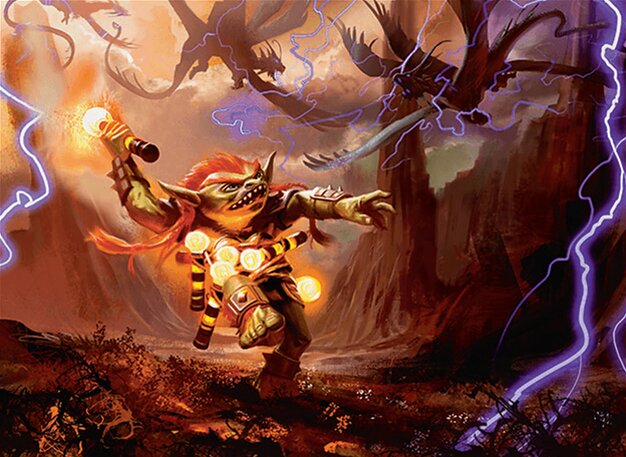
Vial Smasher the Fierce
Leverages chaos effects and random damage triggers to disrupt opponents and apply pressure, aiming to capitalize on the unpredictable nature of chaos spells to gain incremental advantages.
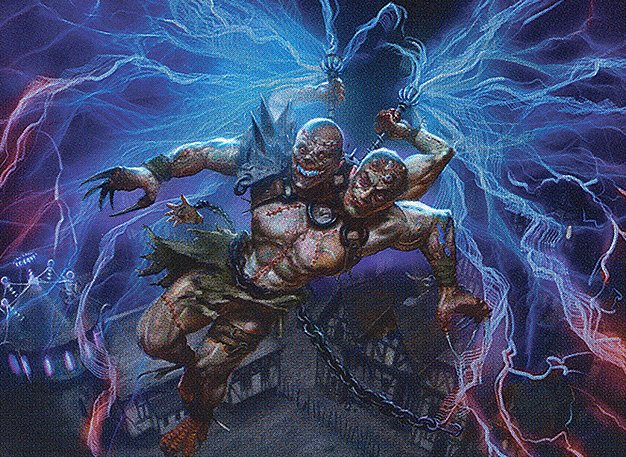
Kraum, Ludevic's Opus
Focuses on drawing cards and casting random chaos spells to generate value and chaos on the board, using Kraum's ability to deal damage and draw cards to maintain momentum.

Ruhan of the Fomori
Utilizes aggressive random targeting and chaos effects to force opponents into difficult decisions, applying consistent pressure while embracing the chaotic nature of the game state.
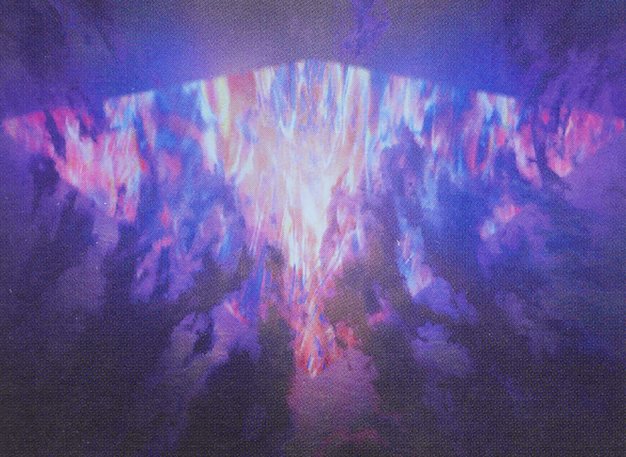
Pramikon, Sky Rampart
Centers around chaos and randomness by deploying spells and effects that create unpredictable outcomes, aiming to disrupt opponents' plans while surviving the chaotic environment.

Zedruu the Greathearted
Employs chaos-themed cards focused on generosity and randomness, including giving away permanents and forcing random sacrifices to destabilize opponents while benefiting from chaotic interactions.
Gameplay Insights
- 1
Random curses and chaos cards early in the game significantly disrupted player strategies, emphasizing the importance of adaptability.
- 2
The use of chaotic board wipes like 'Last One Standing' provided critical resets amidst the randomness, allowing players to regain control briefly.
- 3
Drawing and discarding chaos cards en masse accelerated the game's unpredictability, forcing players to react on the fly rather than plan long-term.
- 4
Players had to balance the risk of self-inflicted damage from chaos effects against the potential to hinder opponents, highlighting the high-risk, high-reward nature of chaos decks.
- 5
Strategic timing of chaos spells and interactions, such as activating abilities before mass draw effects, proved crucial to maximizing value and survival chances.
Notable Cards
-

Mana Drain
-
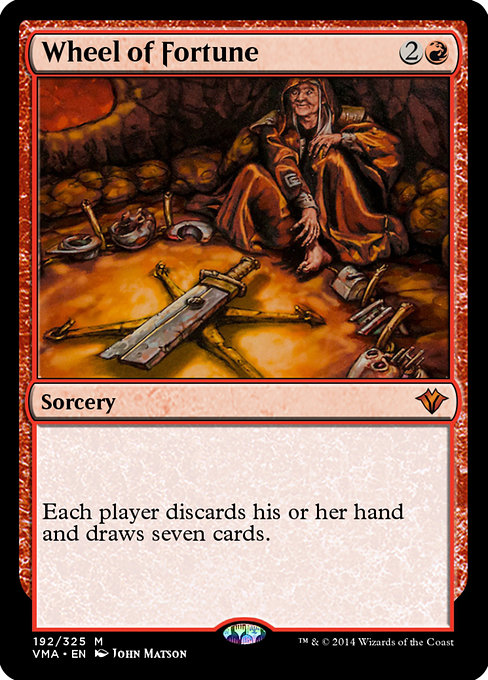
Wheel of Fortune
-
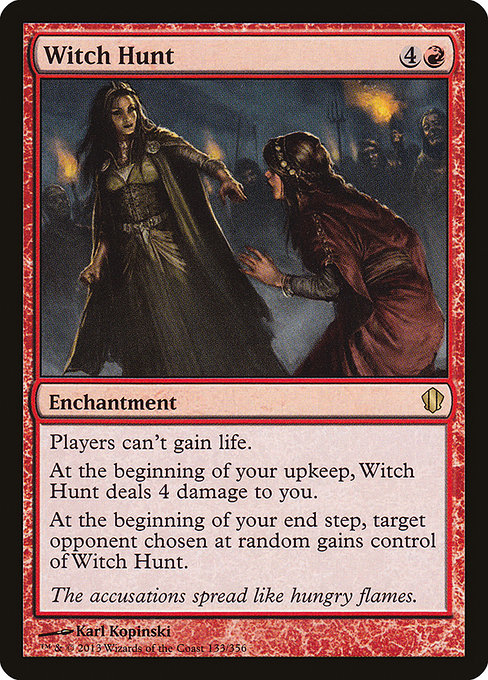
Witch Hunt
-
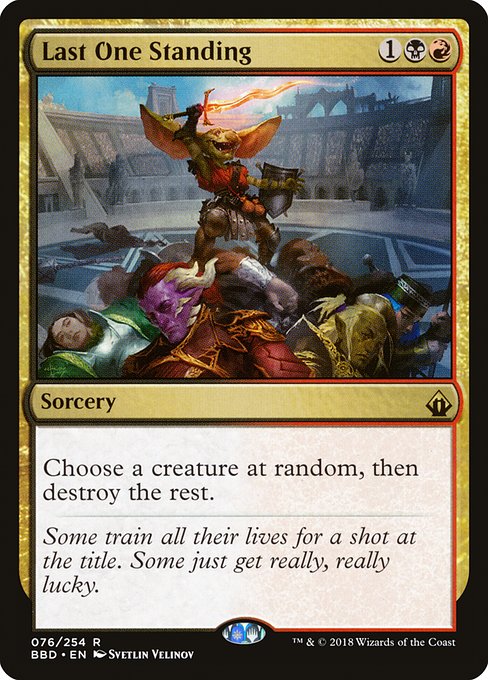
Last One Standing
Gameplay Summary
The game unfolded as an intense and unpredictable chaos-themed Commander match featuring four different decks built around chaotic interactions.
Early gameplay was marked by random curses and effects that disrupted the players' usual strategies, creating an environment where typical game flow was frequently interrupted.
Players struggled to maintain board presence while dealing with constant randomness, including spells that forced everyone to draw cards, discard, or face unexpected consequences.
Notably, there were multiple board wipes and chaotic mass draw effects that kept the game in flux. A pivotal moment involved a player successfully deploying a wrath effect that, while chaotic, cleared the board and reset the tempo momentarily.
Throughout the match, the decks' chaos synergies and punishing random effects led to a dynamic and volatile game state.
The win condition appeared to revolve around surviving the chaos long enough to leverage random interactions, eventually stabilizing and capitalizing on the unpredictable board state to eliminate opponents.
The game showcased the inherent tension of chaos decks: balancing the risk of self-harm with the potential to disrupt and dismantle opponents' strategies.




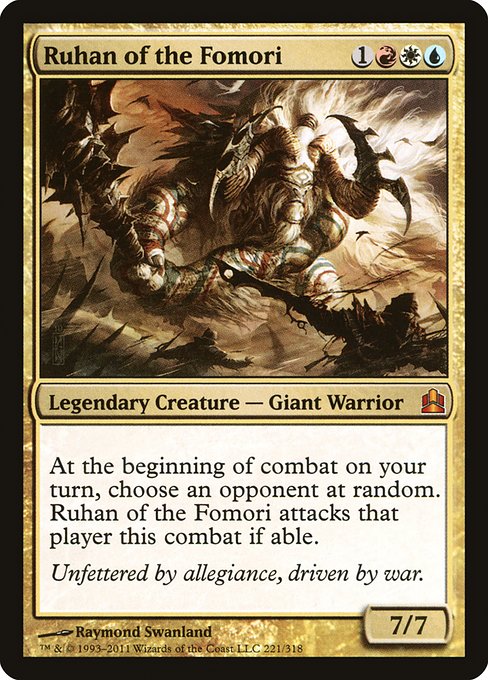

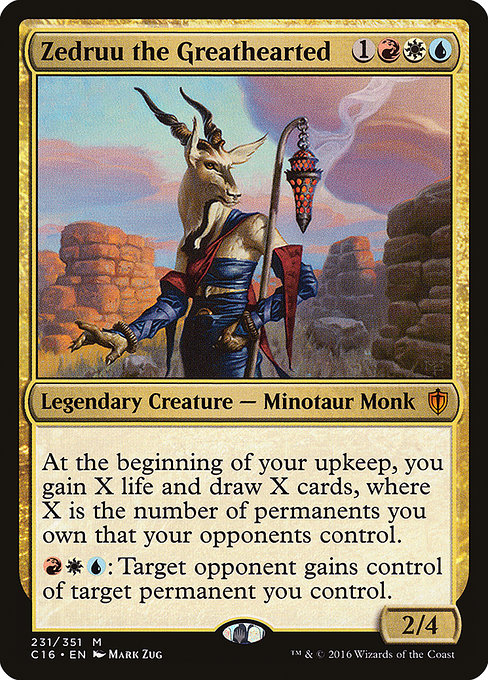


















![Commander VS S17E7: ??? VS ??? VS ??? VS ??? [EDH Gameplay] thumbnail](https://i.ytimg.com/vi/Wl5x-udunSg/sddefault.jpg)

















![Ludevic//Kraum vs Ruhan vs Nicol-Bolas vs Xyris [EDH Commander] Gameplay 2020 thumbnail](https://i.ytimg.com/vi/UoScKPF8YXE/sddefault.jpg)

![Commander VS S16E5: Tobias VS Hua Tuo VS Ruhan VS Sygg [EDH] thumbnail](https://i.ytimg.com/vi/G8CMcmKzeUs/sddefault.jpg)
![Commander VS S15E3: Sidisi VS Grothama VS Zndrsplt & Okaun VS Ruhan [EDH] thumbnail](https://i.ytimg.com/vi/8cVo3-xP-rE/sddefault.jpg)
